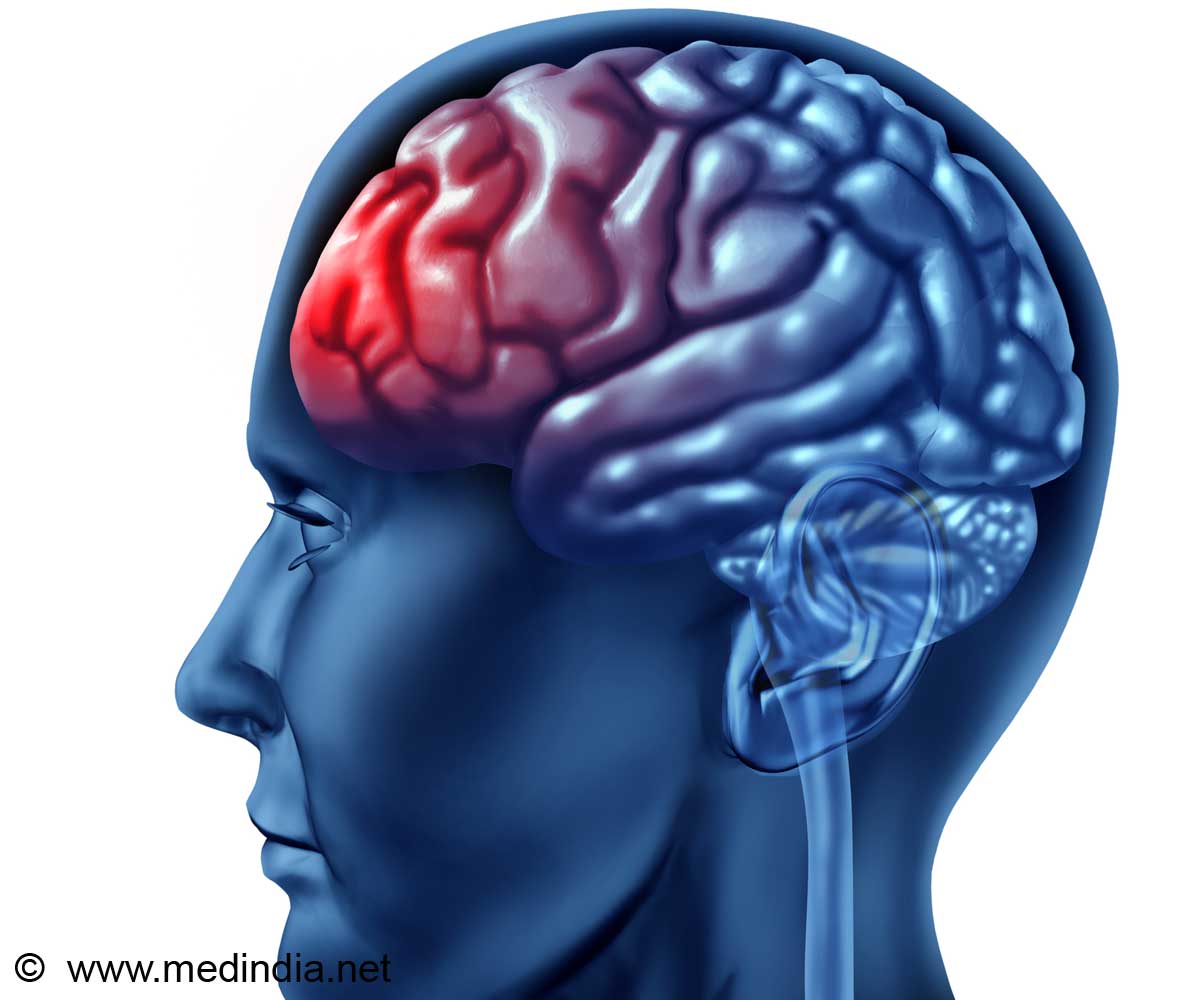Where and how the brain's slow waves originate was clarified by new findings.

"The brain is a rhythm machine, producing all kinds of rhythms all the time," says Prof. Arthur Konnerth of the Technische Universitaet Muenchen (TUM). "These are clocks that help to keep many parts of the brain on the same page." One such timekeeper produces the so-called slow waves of deep sleep, which are thought to be involved in transmuting fragments of a day's experience and learning into lasting memory. They can be observed in very early stages of development, and they may be disrupted in diseases such as Alzheimer's.
Previous studies, relying mainly on electrical measurements, have lacked the spatial resolution to map the initiation and propagation of slow waves precisely. But using light, Konnerth's Munich-based team – in collaboration with researchers at Stanford and the University of Mainz – could both stimulate slow waves and observe them in unprecedented detail. One key result confirmed that the slow waves originate only in the cortex, ruling out other long-standing hypotheses. "The second major finding," Konnerth says, "was that out of the billions of cells in the brain, it takes not more than a local cluster of fifty to one hundred neurons in a deep layer of the cortex, called layer 5, to make a wave that extends over the entire brain."
Source-Eurekalert
 MEDINDIA
MEDINDIA




 Email
Email






